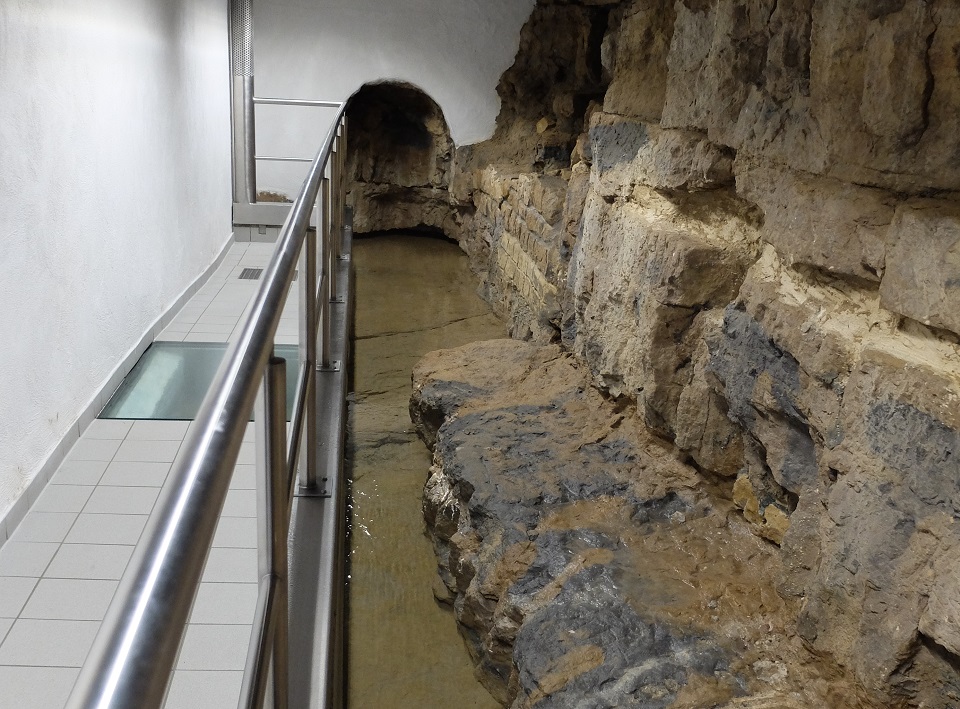In this context, the Catchment Pesticide Diagnosis Unit (CDPC) is working to determine the possible origins of the PPPs transfer to water resources.
The CDPC was set up in 2005, as part of a collaboration between the Public Water Management Corporation (SPGE) and the CRA-W, in order to provide to the water producers a concrete assistance in contamination of catchments by PPPs. Since 2018, the CDPC has been part of the PROTECT’eau framework whose mission is to ensure sustainable management of nitrogen (PGDA) and PPPs (PWRP) in the agricultural sector in order to preserve water quality..
The goal of the CDPC is to find the source of contamination of a catchment by PPPs in order to better target solutions at the fieldscale. This level of accuracy is necessary to ensure a good management of the contamination risk in the catchment supply area (ZAC)..
The diagnosis of contamination is donein 3 stages:
- First, documentary work is carried out in order to gather relevant information related to the study site. This important step makes it possible to make assumptions on the routes of contamination. This important step allows to make assumptions on contamination paths.
- Then, field visits as well as a survey of PPP users is performed to validate the first assumptions.
- Finally, the diagnosis is analysed and proposals for solutions are issued. For example, the use of mechanical weeding can be proposed on plots where there is a significant risk of PPP infiltration.
Since its beginning, the CDPC has handled some thirty cases. The majority of studied cases (80%) are characterised by a contamination peak. This type of case often involves spot contamination by a well or a karst fault in direct hydrogeological connection with the catchment. The source of contamination is generally close to the catchment and the soils are often thin or sandy. The rest of the cases show a gradual increase in PPP concentrations. The contamination has then more diffuse or distant origins.
Root acting herbicides are the most commonly found. However, some contact products, such as bentazone, are also found. The latter is particularly problematic.
At the end of the process, the file is sent to PROTECT’eau which sets up a “catchment contract”. This aims to implement, at the level of the catchment supply area (ZAC), actions that promote water quality with concerned farmers, over a three-year period. This collaborative method allows farmers to be supported in their process of implementing measures as well as to be aware of the pressures exerted by agriculture on water resources.

